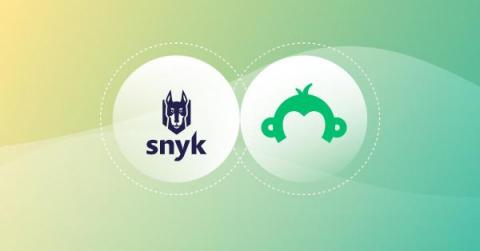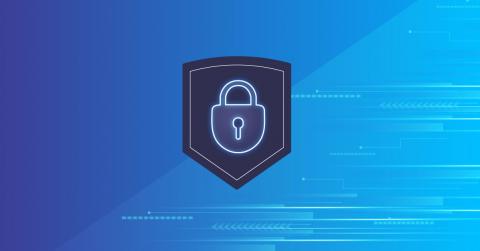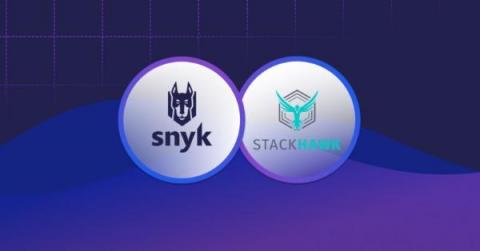The importance of security automation
Security is a critical, if somewhat overwhelming, task for any organization. As products grow and teams expand, the challenge of maintaining a security posture at scale increases as well. This is where automation comes in. The ability to automate security tasks offers obvious benefits such as increased speed, while also driving deeper shifts in a company’s culture and processes.











